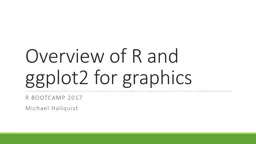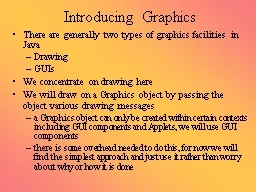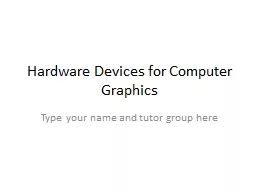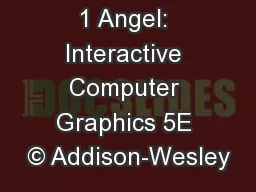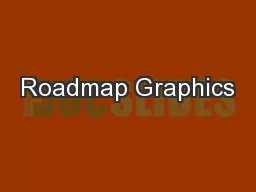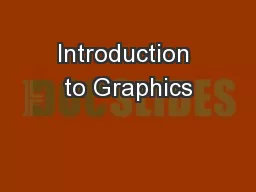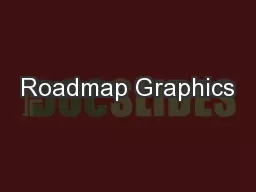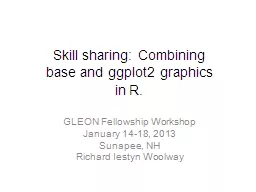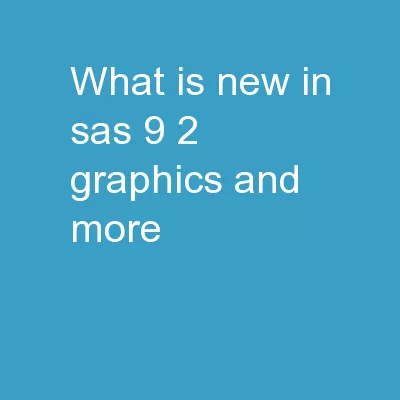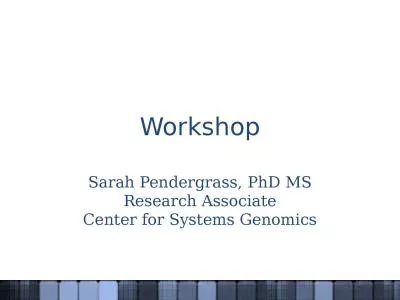PPT-Overview of R and ggplot2 for graphics
Author : tatyana-admore | Published Date : 2018-10-29
R Bootcamp 2017 Michael Hallquist A layered grammar of graphics In many software packages each graph type is treated separately scatter plot pie chart bar chart
Presentation Embed Code
Download Presentation
Download Presentation The PPT/PDF document "Overview of R and ggplot2 for graphics" is the property of its rightful owner. Permission is granted to download and print the materials on this website for personal, non-commercial use only, and to display it on your personal computer provided you do not modify the materials and that you retain all copyright notices contained in the materials. By downloading content from our website, you accept the terms of this agreement.
Overview of R and ggplot2 for graphics: Transcript
Download Rules Of Document
"Overview of R and ggplot2 for graphics"The content belongs to its owner. You may download and print it for personal use, without modification, and keep all copyright notices. By downloading, you agree to these terms.
Related Documents

